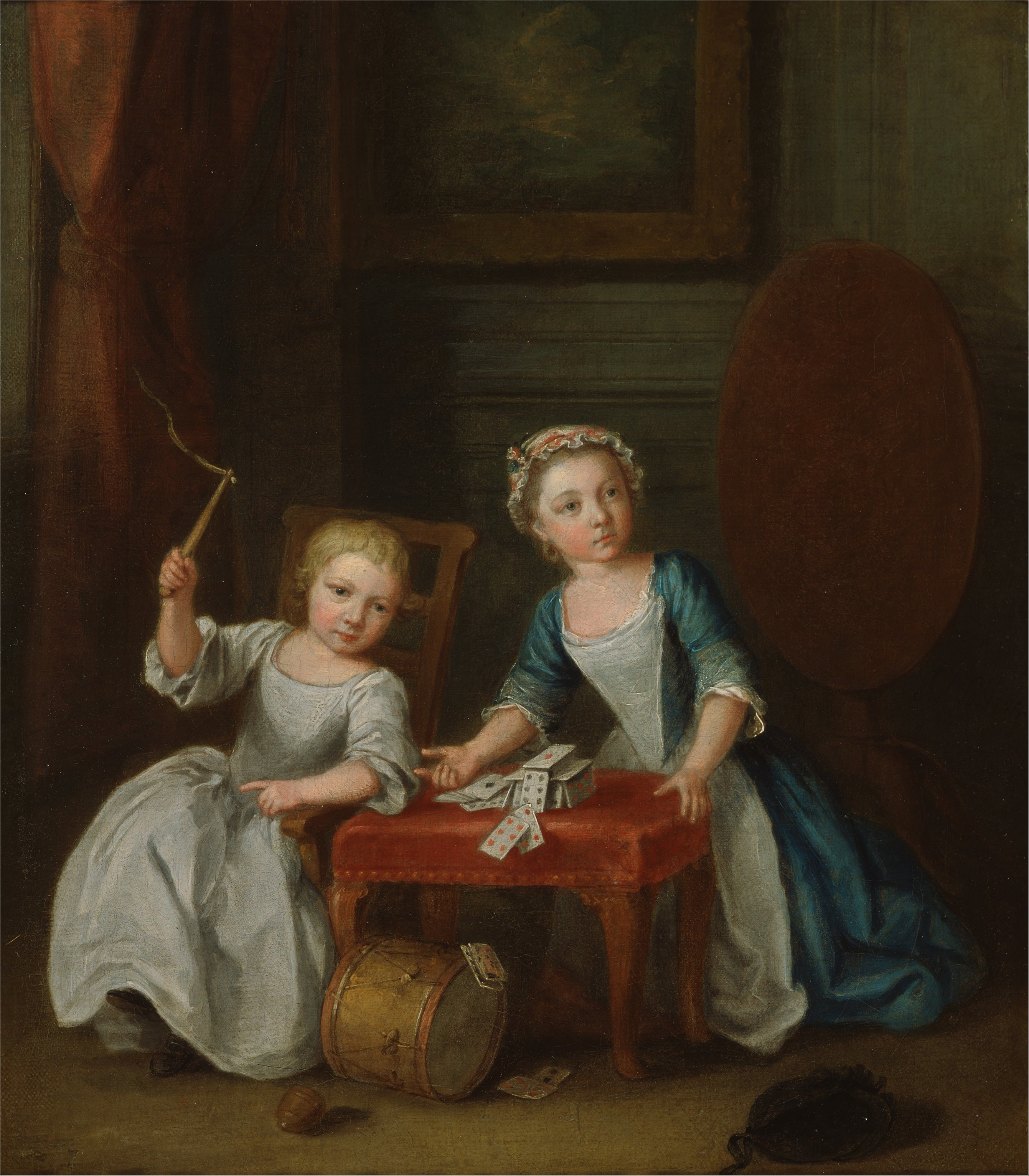Tuesday
I have been enchanted by The Ratio of Reason to Magic, the recently published “New and Selected Poems” of my friend Norman Finkelstein. I am particularly dazzled by a poem that draws on Norman’s experiences as a father. I relate very much to his meditation upon the relationship of our adult and our child selves.
“Children’s Realm” borrows ideas and a couple of passages from a 1977 architectural book on creative living spaces. Authors Christopher Alexander, Sara Ishikawa and Murray Silverstein describe the core idea underlying A Pattern Language: Towns, Buildings, Construction as follows:
At the core…is the idea that people should design for themselves their own houses, streets and communities. This idea…comes simply from the observation that most of the wonderful places of the world were not made by architects but by the people.
Norman focuses on the authors’ suggestions about setting up ideal play spaces. After quoting from Pattern Language on how the children’s rooms should connect with the outside world, he wonders whether he set up his own house correctly. By the second half, however, the poem has moved from physical spaces to those within the poet’s mind. The children may leave but the inner child remains:
This
was to be a sort of farewell,
whatever other frenzies
may visit us. Shall we
let go of their childhood
and still cling to our own?
Norman likes the idea in Pattern Language that “adults and children can co-exist, each without dominating the other.” This works as a wonderful analogy for the poet’s mind, which wants
a continuum of spaces
where the child at play
may pass by or enter
that place common to all
of my being
There’s a faint echo of Tintern Abbey in those last lines—Wordsworth’s memories of being a child roaming free in nature serve as “the soul of all my moral being”—and the poem has a Romantic cast to it. The poet asks that this childhood space never be
too far from that grown-up world
also of bodies and minds
of storms and of the peace after storms
Just as reason faces magic (to borrow from the collection’s title), so the child and adult face each other “across a space that is all/terror and enchantment.” The concluding phrase, repeated twice in the poem, speaks to the nostalgia for childhood but also to its dark anxieties. We are also terrified that this numinous world is lost to us forever.
Here’s the poem:
Children’s Realm
By Norman Finkelstein
“almost like a wide swath
inside the house,
muddy, toys strewn along the way,
touching those family rooms
which children need”
so that I wonder
how well we managed
to give them a world
The second floor
with its play space
and bedrooms
Summoned upstairs
we were guests,
never knowing who
or what would greet us
Now they occupy
the common areas,
make them their own,
retreat only rarely
into bedrooms for the solitude
we always seem to crave
This
was to be a sort of farewell,
whatever other frenzies
may visit us. Shall we
let go of their childhood
and still cling to our own?
What was it led me
back to that realm
except the discovery
of my own needs
otherwise inexpressible
except through a language
of terror and enchantment?
“If there is an adequate children’s world,
in the manner described in this pattern,
then both the adults and children
can co-exist, each without dominating the other”
I want it so within myself
and within those I love–
a continuum of spaces
where the child at play
may pass by or enter
that place common to all
of my being
Nor can it be
too far from that grown-up world
also of bodies and minds
of storms and of the peace after storms
the child and adult facing each other
across a space that is all
terror and enchantment.


